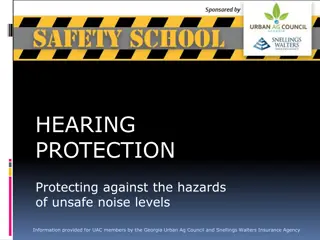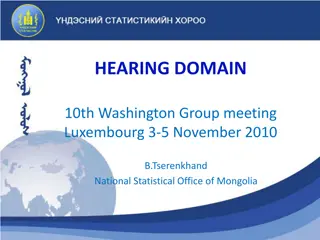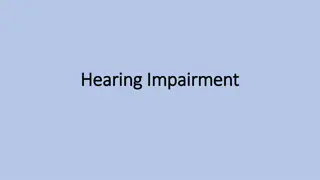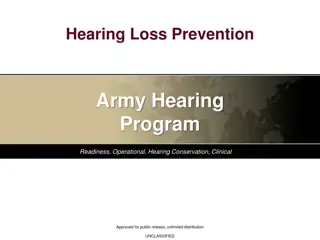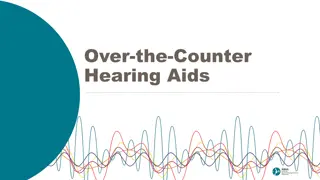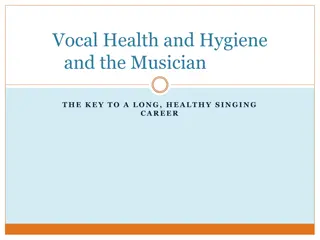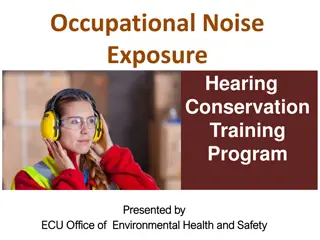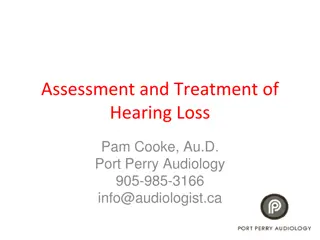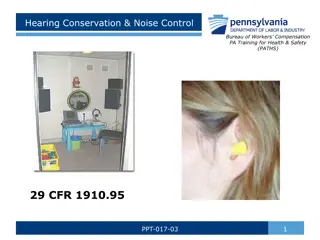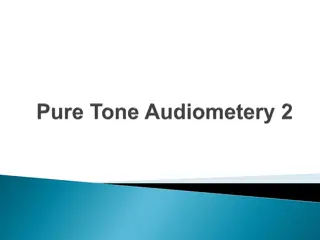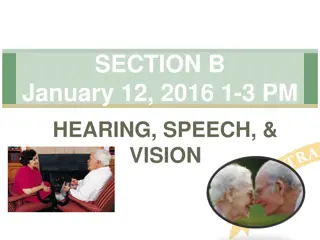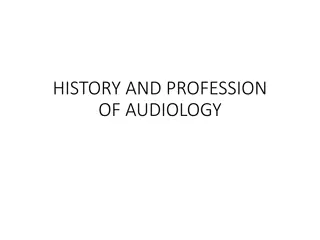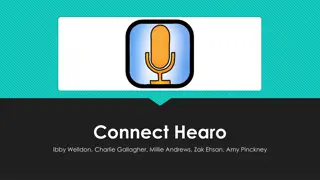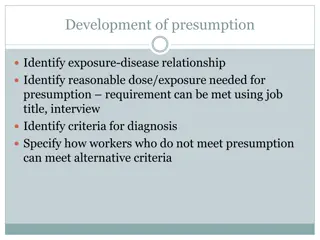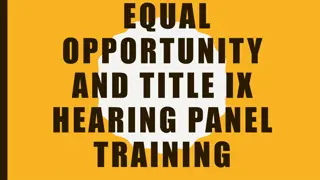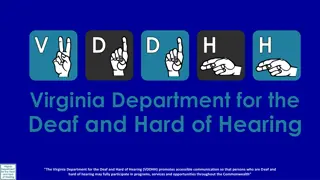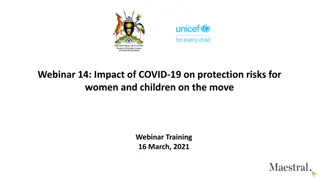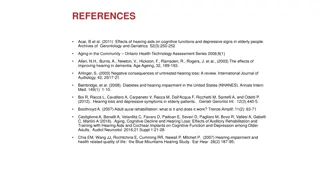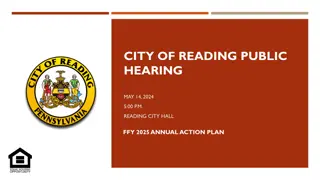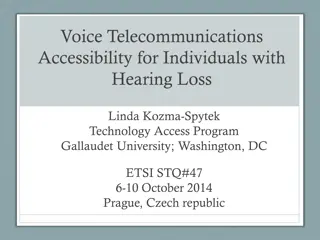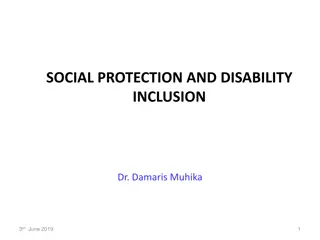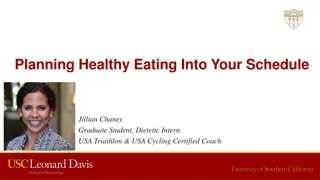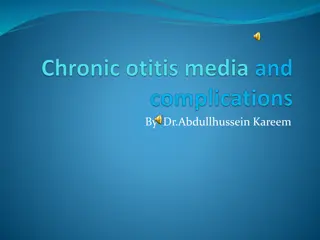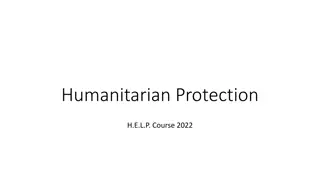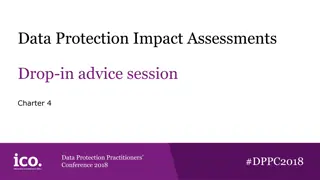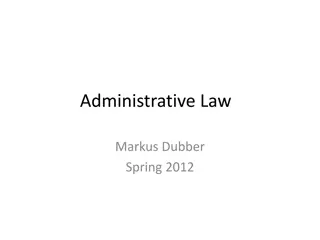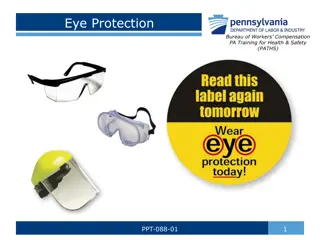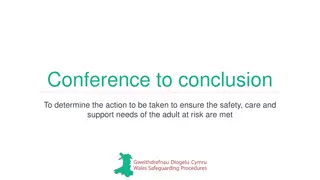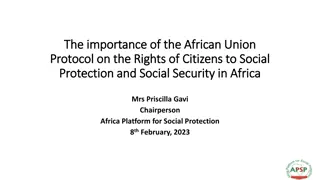Promoting Healthy Hearing in Musicians: Understanding the Risks and Protection
Preventing Music-Induced Hearing Loss (MIHL) is crucial for musicians. This informative content by Christine D. Njuki, Au.D., CCC-A, sheds light on the workings of the ear, characteristics of MIHL, treatment options, and associated symptoms like tinnitus and poor pitch perception. The emphasis is on adopting healthy hearing behaviors and using hearing protection to preserve musicians' hearing health.
- Musician Hearing Health
- Hearing Loss Prevention
- Ear Health Awareness
- Music-Induced Hearing Loss
- Hearing Protection
Download Presentation

Please find below an Image/Link to download the presentation.
The content on the website is provided AS IS for your information and personal use only. It may not be sold, licensed, or shared on other websites without obtaining consent from the author. Download presentation by click this link. If you encounter any issues during the download, it is possible that the publisher has removed the file from their server.
E N D
Presentation Transcript
PROMOTING HEALTHY HEARING IN MUSICIANS Christine D. Njuki, Au.D., CCC-A Clinical Professor Audiologist
The Ear Music Induced hearing loss-why we don't want it Are you at risk? Healthy hearing behaviors Hearing protection for musicians Additional resources OVERVIEW
The inner ear (cochlea) is tonotopically organized http://bcove.me/gtvm0psh HOW THE EAR WORKS
Hyperphysics.phy-astr.gsu.edu 16000 hair cells sitting on the basilar membrane Shearing occurs with basilar membrane movement HOW THE EAR WORKS
Gradual decline in hearing Early stages are rarely detected It doesn t have to hurt! Loss of fidelity, specifically higher pitches, not volume CHARACTERISTICS OF MUSIC - INDUCED HEARING LOSS (MIHL) http://www.aafp.org/afp/2000/0501/p2749.html
http://www.hearinglikeme.com/facts/what-hearing-loss/hearing- loss-simulator-understanding-mild-and-moderate-hearing-loss HIGH FREQUENCY HEARING LOSS SIMULATION
We cannot generate new hair cellsyet Hearing aids are designed for communication, not music appreciation TREATMENT OPTIONS ARE POOR
https://www.youtube.com/watch?v=Dgq-ka1FkZk http://hearnet.com/features/feature_PSA.shtml http://hearnet.com/audio_video/video/mermen.mov Other symptoms may be worse than the hearing loss Permanent and constant tinnitus Poor pitch perception Hypersensitivity to loud sound http://www.hearnet.com/audio_video/video/Hearnet_ Protect.mov OTHER SYMPTOMS OF MIHL
National Institute of Occupational Safety & Health
How loud is too loud? 85dBA SPL (dial tone) INTENSITY
MAXIMUM LEVELS FOR INSTRUMENTS (WAGNER RING CYCLE: CAMP AND HORSTMAN, 1992) Instrument French Horn Bassoon Trombone Tuba Trumpet Violin Clarinet Percussion (Amplified Guitar Peak Level (dB SPL) 107 102 108 110 111 109 108 >120 >115) INTENSITY
How long is too long? 40 hours per week Classically trained musicians tend towards higher noise exposure than rock musicians because of the amount of time exposed. DURATION
85dBA SPL over a 40-hour work week = safe 3dB Exchange Rate (+3dB = sound exposure doubles and safe listening time is cut in half) UT Dallas has explored positive effects of ensemble instructors consciously setting practice agendas with overall noise dose in mind > 100% noise dose is associated with hearing damage NOISE DOSAGE = DURATION AND INTENSITY
CHASIN (2006) Safe listening time 85 = 8 hours 88 = 4 hours 91 = 2 hours 94 = 1 hour 100 = hour
NIOSH Sound level meter App https://www.cdc.gov/niosh/topics/noise/app.html TRACK YOUR OWN NOISE DOSE
NIOSH Sound level meter App https://www.cdc.gov/niosh/topics/noise/app.html TRACK YOUR OWN NOISE DOSE
Noise Dose of 56 UCONN students (not including ear/headphone use!) Non-Musicians Musicians Mean = 41% 293% Range = 1-294% 7 902% UCONN MUSICONN STUDY - IN PRESS
The Musician Advantage? Years of playing = speech in noise ability WHAT ABOUT THE MUSICAL BRAIN?
Routine noise exposure = speech in noise ability Standard hearing test = normal results WHAT ABOUT NOISE EXPOSURE ON THE MUSICAL BRAIN?
Tinnitus (noises in your ears) Ringing Buzzing Hissing, etc. Temporary decrease Muffled, muted, ears may feel plugged Temporary can become permanent WARNING SIGNS OF OUTER HAIR CELL DAMAGE
Use noise cancelling headphones in noisy areas (bus, mowing, gym, plane) when it is safe to do so Reduce the volume and/or duration of personal music devices 80-90 rule for MP3 players (80% volume for 90 minutes) = 50% dose , Fligor 2006 (50% volume is safe for any length of time) Turn up your favorite song, then turn it back down. Give your ears at least 14 hours of recovery time , but realize that it is a warning sign and may become permanent Humming can be used as a temporary protective mechanism Take quiet breaks whenever possible HEALTHY HEARING BEHAVIORS REDUCING INTENSITY AND DURATION
Sound quality??? Custom and non-custom High fidelity Designed for musicians Can you use too much? HEARING PROTECTION
UCONN Speech & Hearing Clinic (860)486-2629 https://music.uconn.edu/health-and-wellness/ Musicians Clinics of Canada: http://www.musiciansclinics.com/ Which earplug is right for you? https://www.etymotic.com/consumer/hearing-protection/which- earplug Hearing Education and Awareness for Rockers: www.hearnet.com National Association of Schools of Music http://nasm.arts-accredit.org/ Performing Arts Medicine Association http://www.artsmed.org/ ADDITIONAL RESOURCES
"Noise Exposure May Diminish the Musician Advantage for Perceiving Speech in Noise", Skoe, Camera, Tufts - in press "Examining the noise life of the Musician: a weelong noise dosimetry of music and non-music activities, Tufts and Skoe IJA 2017; early online: 1-8 Output levels of MP3 players Portnuff and Fligor, NIHL in Children at Work and Play Conference, October 2006 Marshall Chasin powerpoint lecture slides (#15,17): www.musiciansclinics.com REFERENCES


